What Labubu's Appeal Teaches About Selling Baby Feeding Sets?
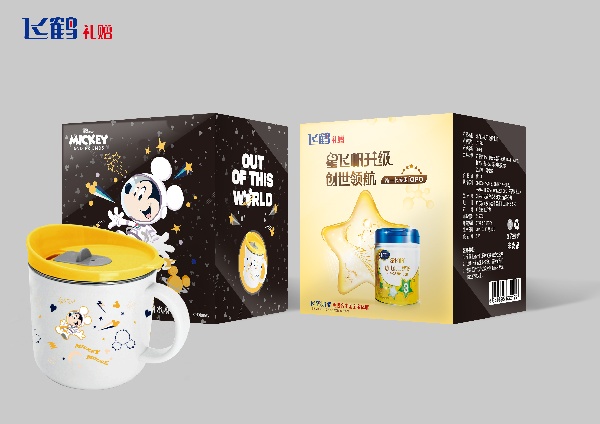
Struggling to make your baby feeding sets stand out? The Labubu craze isn't just about toys; it shows how unique character branding can really grab attention. I've seen trends come and go, but this one has lessons for us all.
Labubu's success demonstrates that strong character Intellectual Property (IP) can significantly boost baby product appeal. It teaches us that unique designs, collectible aspects, and emotional connections created by characters can elevate perceived value and drive sales for items like feeding sets.
This isn't just a fleeting trend; it's a smart strategy that taps into deep consumer psychology. As a manufacturer of children's tableware, we at dearya are always looking at how design influences purchasing. Let's explore how these elements can transform your baby feeding set business and what we can learn from phenomena like Labubu.
Why are IP collaborations so powerful in baby product marketing?
Wondering how to get more eyes on your baby products? IP collaborations feel like a magic bullet, but what's the real secret to their marketing power? Many of our clients ask about this.
IP collaborations are powerful in baby product marketing because they leverage existing fan bases and emotional connections. They instantly add recognition, trust, and desirability to your products, making them stand out in a crowded market and appealing to both parents and children.
Intellectual Property (IP) collaborations involve partnering with an existing brand or character owner to use their popular designs, characters, or logos on your products. Think of well-known cartoon characters on lunch boxes, or famous artist prints on baby cups. The power of this strategy is multi-faceted, especially in the competitive baby products market. As a B2B supplier, we see firsthand how IP can change the game for brands selling items like our children's tableware.
Tapping into Existing Fan Loyalty
One of the biggest advantages is gaining access to an established fan base. When you collaborate with a popular IP, you're not starting from zero. The character or brand already has dedicated followers – children who love the character, and parents who recognize and trust it. These fans are predisposed to like products featuring their favorite IP. For instance, if a child adores a specific cartoon character, they are naturally more likely to want a feeding set featuring that character. This means less marketing effort is needed to create initial interest and awareness for your product. The IP itself does a lot of the heavy lifting.
Building Instant Emotional Connection
Characters, especially those from beloved stories or shows, often evoke strong emotions. Children form bonds with these characters, seeing them as friends or heroes. When these characters appear on a baby feeding set, that emotional connection transfers to the product. The feeding set is no longer just a utilitarian item; it becomes a source of joy, comfort, or excitement. For parents, familiar characters can also trigger nostalgia, reminding them of their own childhood, which is a powerful purchasing motivator. This emotional layer makes the product more memorable and desirable than a generic alternative.
Enhancing Brand Storytelling and Values Alignment
IPs come with their own stories, worlds, and values. Collaborating with an IP allows your product to become part of that larger narrative. This can add depth and personality to your brand. For example, if you collaborate with an IP known for promoting learning and curiosity, your educational-themed baby feeding sets will gain more credibility. It's important to choose IPs that align with your brand's values and image. A mismatch can confuse consumers. But a good match can reinforce what your brand stands for and make your marketing messages more coherent and impactful.
Creating Differentiation and Exclusivity
In a market flooded with similar products, an IP collaboration can make your baby feeding set stand out. It offers a unique selling proposition (USP) that competitors without the license cannot easily replicate. This differentiation can justify a premium price point. Often, IP collaborations are for a limited time or a specific collection, adding an element of exclusivity. This scarcity can drive impulse purchases and create a buzz around your product. Consumers may feel they need to buy it now before it's gone.
Considerations for B2B Businesses
For B2B businesses like ours, dearya, facilitating IP collaborations for our clients is a value-added service. We can adapt our manufacturing processes, including our 100+ existing molds or creating new ones, to incorporate specific IP designs into plastic, Tritan, or stainless steel children's tableware. Our experience with product customization and quality control ensures that the final product meets the standards of both our client and the IP holder. This can be a complex process involving approvals and adherence to strict design guidelines, but the market impact is often worth the effort.
Here's a quick look at the benefits:
| Benefit of IP Collaboration | Explanation | Example for Baby Feeding Sets |
| Instant Recognition | Uses familiar characters/designs that consumers already know and like. | A feeding set featuring a globally famous cartoon mouse. |
| Emotional Connection | Transfers positive feelings from the IP to the product. | A child feeling happy to eat with their favorite animated hero. |
| Access to Fan Base | Reaches an existing audience of loyal fans of the IP. | Parents seeking out products with a specific nostalgic character. |
| Perceived Higher Value | Association with a popular IP can make the product seem more valuable. | Willingness to pay more for a branded set over a plain one. |
| Marketing Support | IP holders often promote collaborations, amplifying your marketing reach. | Cross-promotion on the IP owner's social media channels. |
IP collaborations are a strategic tool that can give your baby products a significant edge. They combine the appeal of beloved characters with the functionality of your items, creating a compelling offering for both children and parents.
How does character branding increase product value?
Is your product pricing hitting a ceiling? Character branding seems to make items fly off shelves at higher prices. How does it actually increase that value? I've seen this happen many times with our clients.
Character branding increases product value by creating an emotional bond and a story around the item. This transforms a functional product, like a baby feeding set, into a desirable experience or a cherished possession, justifying a higher price point for consumers.
Character branding is the process of creating a unique persona or figure to represent a product or brand. This could be an original character developed specifically for the product line, or it could be a licensed character as discussed before. The key is that this character gives the product a personality. For baby feeding sets – which are fundamentally utilitarian items – character branding can be transformative in how consumers perceive and value them. At dearya, where we offer product customization and design, we understand the nuances of incorporating character appeal effectively.
From Commodity to Coveted Item
A plain baby bowl is a commodity. It serves a function. But a baby bowl featuring a friendly, smiling animal character, or a brave superhero, becomes something more. The character lifts the product out of simple utility and into the realm of desirability. Children are naturally drawn to characters; they see them as companions. This changes the product's role in a child's life. Mealtime can become playtime, an adventure, or a comforting ritual with a familiar face. This added experiential value means parents are often willing to pay more. The product is no longer just "a bowl" but "Leo the Lion's special bowl."
The Power of Narrative and Emotion in a Child's World
Characters bring stories with them, or they inspire children to create their own. A feeding set with a space-themed character might encourage a child to imagine epic journeys while eating. This engagement makes the product more than just a passive object. It becomes an active part of a child's imaginative world. This emotional connection is a strong value driver. When a child loves a character, they develop loyalty to products associated with it. This can lead to repeat purchases and a preference for other items in the same character line. For parents, seeing their child happy and engaged with a product also adds to its perceived value.
Perceived Quality, Trust, and Safety
Well-developed character branding can also signal quality and trust. If a character is part of a larger, reputable brand or story (like a popular children's book series), that positive association can extend to the product. Parents might subconsciously feel that a product with a thoughtfully designed character is also thoughtfully made and safe. While this is not a substitute for actual safety certifications (like the FDA and BSCI compliance our factory maintains), the character can enhance the overall feeling of reassurance. It makes the product feel more professional and less like a generic, anonymous item.
Extending Product Lifespan and Creating Ecosystems
Character branding can extend the product's relevance beyond its primary use. A child might become attached to their character-branded cup and want to keep it even when they've outgrown its functional need as a baby cup. Furthermore, successful characters can lead to an entire ecosystem of products. If a child loves their feeding set with "Pip the Penguin," they might also want Pip the Penguin lunch boxes, backpacks, or even toys. This creates opportunities for brand expansion and increased overall customer lifetime value.
Implications for Custom Manufacturing
As a manufacturer offering design services, we at dearya can help brands bring their character visions to life. This could involve:
- Developing original character designs tailored to a brand's identity.
- Adapting existing character IP for application on various tableware items made from plastic, Tritan, or stainless steel.
- Ensuring the character's colors and features are accurately reproduced in the manufacturing process.
- Advising on material choices that best suit the character design and product use (e.g., vibrant colors on plastic, sleek engravings on stainless steel).
Character branding transforms functional items into engaging experiences. This shift adds significant perceived value, allowing for premium pricing and fostering stronger brand loyalty.
| Value Driver | Impact on Product | Example with Feeding Set |
| Emotional Connection | Creates a bond between the child and the product. | A child insists on using only their "favorite character" spoon. |
| Storytelling Potential | Adds a narrative layer, making the product more engaging. | A plate with a farm animal scene encourages storytelling during meals. |
| Enhanced Desirability | Moves the product from a need-based item to a want-based item. | A child specifically asks for a feeding set with a certain character for their birthday. |
| Brand Differentiation | Makes the product stand out from generic competitors. | A uniquely designed character makes the feeding set instantly recognizable. |
| Justification for Premium | The added emotional and experiential value supports a higher price. | Parents willing to pay 20% more for a character-branded set versus a plain one. |
By understanding these dynamics, businesses can strategically use character branding to elevate their baby feeding sets from simple utensils to cherished childhood companions.
Can limited editions boost retail and wholesale demand?
Sales feeling a bit flat? Limited editions often create a buying frenzy. But can this strategy really work to boost both your retail and wholesale orders? From my experience in B2B manufacturing, the answer is a clear yes.
Yes, limited editions can significantly boost both retail and wholesale demand. They create a sense of urgency and exclusivity, encouraging immediate purchases from consumers and larger, quicker orders from wholesalers who don't want to miss out on a popular item.
Limited editions are products released in a restricted quantity or for a short period. This strategy is not new, but its application in the baby product market, including feeding sets, can be highly effective. The core idea is to create scarcity, which in turn fuels desire. As a manufacturer (dearya) that handles custom orders and manages supply chains, we've seen how limited editions can energize sales channels from the factory floor to the end consumer.
The Psychology of Scarcity: FOMO in Action
The primary driver behind the success of limited editions is the "Fear Of Missing Out" (FOMO). When consumers know that a product is scarce and won't be available for long, it triggers an urgency to buy. They don't want to miss the chance to own something special or unique. This psychological trigger can lead to quicker purchase decisions and even impulse buys. For baby feeding sets, a limited edition featuring a seasonal design, a special character collaboration, or a unique colorway can transform an ordinary purchase into an exciting event. Parents might buy it even if they don't immediately need a new set, simply because it's exclusive.
Driving Retailer Engagement and Stocking Commitments
Retailers, both online and brick-and-mortar, are always looking for products that will draw customers and generate excitement. Limited editions are attractive to them because:
- Increased Foot Traffic/Website Visits: Exclusive items can bring more shoppers to their stores or websites.
- Marketing Buzz: Limited editions provide a good story for retailers to use in their own marketing efforts.
- Higher Perceived Value: Retailers can often price limited editions slightly higher, improving their margins.
This enthusiasm translates into stronger wholesale demand. When retailers anticipate high consumer interest in a limited-edition baby feeding set, they are more likely to place larger initial orders to secure stock. They also understand that if they don't stock it, their competitors might, and they'll lose out on those sales. This creates a competitive incentive among wholesalers and retailers to order promptly and sufficiently.
Benefits for Wholesalers and B2B Supply Chains
From a B2B perspective, limited editions can streamline certain aspects of production and sales.
- Predictable Demand: While the run is limited, the anticipated high demand can make production planning more focused for that specific batch.
- Clear Sales Window: Knowing the product is for a limited time can help sales teams push for quicker commitments from wholesale buyers.
- Premium Positioning: As a manufacturer, producing a high-quality limited edition can showcase our capabilities in design and production, like using unique materials or complex customizations on stainless steel or Tritan products. At dearya, our robust order management and quality control processes are vital for these special runs.
Marketing Buzz and Brand Perception
Limited editions are excellent for generating marketing buzz. The exclusivity itself is newsworthy. Brands can use social media, email marketing, and PR to build anticipation before the launch. Unboxing videos, influencer reviews, and customer posts featuring the rare item can create organic word-of-mouth marketing. Successfully launching limited editions can also elevate a brand's overall perception. It can make the brand seem more innovative, dynamic, and in tune with trends. This halo effect can then benefit the sales of the brand's regular product lines as well.
Potential Pitfalls and How to Avoid Them
While powerful, the limited edition strategy needs careful management:
- Setting the Right Quantity: Produce too few, and you might frustrate many potential customers. Produce too many, and the "limited" feel is lost.
- Maintaining Quality: The rush to produce a hot item should not compromise quality, especially for baby products.
- Fair Distribution: Ensure that retailers and consumers have a fair chance to purchase, avoiding issues like bots buying up all stock.
- Communication: Clearly communicate the terms of the limited release to avoid misunderstandings.
Here's how limited editions affect different channels:
| Demand Channel | Positive Impact | Potential Challenge |
| End Consumers (Retail) | Creates urgency (FOMO), enhances desirability, offers uniqueness. | Frustration if unable to purchase, perceived unfairness. |
| Retailers | Drives traffic, allows premium pricing, creates marketing opportunities. | Risk of unsold stock if demand is misjudged, pressure to secure inventory. |
| Wholesalers/Distributors | Encourages larger/faster orders from retailers, simplifies forecasting for the specific item. | Managing allocation if demand outstrips supply from manufacturer. |
| B2B Manufacturer (e.g., dearya) | Showcases design/production capabilities, can lead to focused production runs. | Requires precise planning, potential for pressure on lead times for a special run. |
Limited editions, when executed thoughtfully, offer a potent way to stimulate demand across the entire sales pipeline, from wholesale orders to final retail purchases of baby feeding sets.
What age groups respond best to collectible-inspired designs?
Thinking about collectible designs for kids' products? It's tricky to know which age will truly get excited. So, who are these designs really for? This is a question we often discuss at dearya when developing new product lines.
While younger children (3-7 years) enjoy the characters and visual appeal, older children (8-12+ years) and even adult collectors often respond best to the collectible aspect of inspired designs. Parents are also drawn to them for gifting and due to nostalgia.
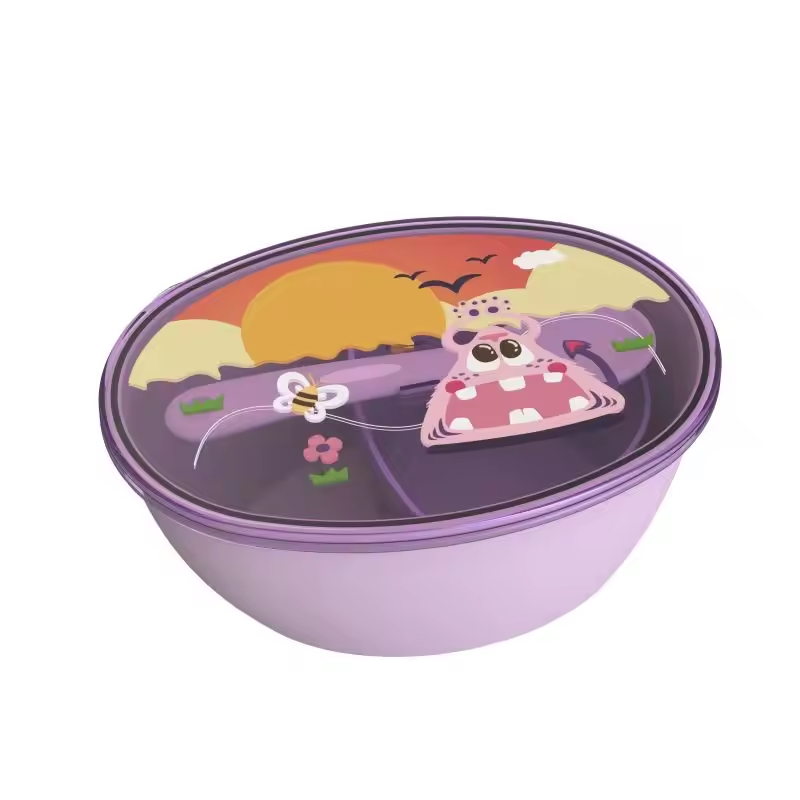
Collectible-inspired designs, like the popular Labubu figures or other "blind box" style toys, tap into the human desire to collect, complete sets, and own unique items. Applying this concept to baby feeding sets can be innovative, but the appeal varies significantly across different age groups. Understanding these nuances is key to successful product design and marketing.
Early Childhood (Ages 3-7): Character Recognition and Playful Engagement
For toddlers and young children in this age bracket, the primary appeal isn't usually the "collectibility" in an adult sense. Instead, they are drawn to:
- Appealing Characters: Bright colors, friendly faces, and familiar animal or cartoon characters are highly engaging.
- Play Value: A feeding set with a fun design can become part of their imaginative play. The spoon might be an airplane, the bowl a car.
- Simple Series: They might enjoy having a few different cups or plates featuring related characters (e.g., different animals from the same "family"). The concept of a "set" is understood, but not necessarily driven by rarity.
For this group, the design should be visually stimulating and robust enough for playful handling. The "collectible" aspect for parents might be getting a few matching pieces to create a cheerful mealtime environment.
Middle Childhood (Ages 8-12): The Collection Bug and Social Proof
This is often the golden age for true collecting behavior to emerge. Children in this group:
- Understand Scarcity and Rarity: They grasp the concept of limited editions or "chase" figures within a series.
- Enjoy Completionism: The desire to collect every item in a set becomes a strong motivator.
- Social Influence: Peer groups play a significant role. If their friends are collecting something, they'll want to as well. Trading and showing off collections become social activities.
While 8-12 year olds are typically beyond "baby" feeding sets, designs inspired by collectibles could be applied to older kids' tableware, like lunch boxes, water bottles (which we also produce at dearya from Tritan or stainless steel), or snack containers. The designs might be more complex or feature characters from popular games or media targeting this age.
Teenagers and Young Adults: Nostalgia, Aesthetic Appeal, and Investment
Surprisingly, a large market for collectible items, including those with childlike aesthetics (like Labubu), consists of teenagers and adults. Their motivations include:
- Nostalgia: Characters or styles that remind them of their childhood.
- Designer/Art Toys: Collectibles are often seen as miniature art pieces. The aesthetic and design quality are paramount.
- Investment/Resale: Some collectibles appreciate in value, adding a financial incentive.
- Community: Being part of a fan community around a specific collectible line.
While they won't be using baby feeding sets, the designers and marketers (our B2B clients) of baby products are often in this demographic. Their appreciation for collectible trends can influence the designs they commission for baby products, hoping to create that "must-have" appeal that resonates with parent purchasers who share these sensibilities.
The Role of Parents: Gifting, Shared Nostalgia, and Perceived Value
Parents are the primary purchasers of baby feeding sets. Their response to collectible-inspired designs is crucial.
- Gifting Appeal: A unique, collectible-style feeding set can make an attractive gift.
- Shared Experience: If the design features characters the parents also love (perhaps from their own childhood), it creates a shared point of connection with their child.
- Perceived Longevity/Value: A beautifully designed set that feels "collectible" might be perceived as higher quality and something to be cherished or passed down, even if it's not actively "collected" in a series.
- Encouraging Good Habits: Parents might hope that a fun, collectible-style plate or cup will make mealtimes easier or encourage a picky eater.
Designing for Collectibility in Baby Feeding Sets
When we at dearya work on custom designs for children's tableware, we can incorporate elements that hint at collectibility, even for the youngest users:
- Series-Based Designs: Create a range of products featuring a cast of related characters or themes.
- Subtle Variations: Offer items in slightly different poses or colorways.
- Stackable/Interlocking Features: Design elements that encourage owning multiple pieces that fit together.
- Quality Materials: Using durable materials like stainless steel or high-grade Tritan can enhance the perceived value and longevity, aligning with a collectible feel.
Here's a breakdown by age:
| Age Group | Primary Appeal of Collectible-Inspired Design | Design Considerations for Feeding Sets (or related items) |
| 3-7 Years (Toddlers/Preschool) | Bright characters, playfulness, simple sets. | Visually engaging, durable, easy to clean, perhaps a small series of 2-3 related character items (e.g., plate, bowl, cup). |
| 8-12 Years (School Age) | Completionism, rarity, social status among peers. | (For older kid's tableware) More complex series, "chase" elements, tie-ins with popular media. Durable for daily use. |
| Teens/Young Adults | Nostalgia, aesthetics, art value, potential investment. | (As buyers/influencers) Designs that are trendy, artistic, or evoke nostalgia. This influences what they buy for younger children or appreciate in a brand. |
| Parents (All Ages) | Gifting, shared joy with child, perceived quality/value, encouraging eating. | Attractive packaging, themes that appeal to both adult taste and child engagement, safety and practicality are paramount. |
Ultimately, collectible-inspired designs for baby feeding sets are mostly about creating enhanced desirability and emotional appeal for the parent purchaser, while providing a delightful experience for the young child through engaging characters and themes.
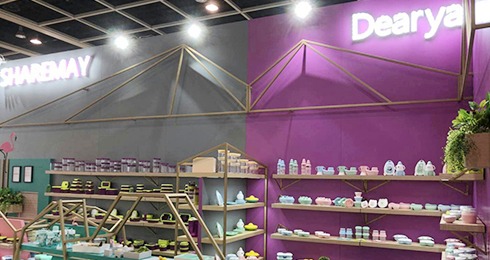 Managing Your Baby Feeding Tableware Supply Chain from China: How to Ensure Smooth Operations?
Managing Your Baby Feeding Tableware Supply Chain from China: How to Ensure Smooth Operations?
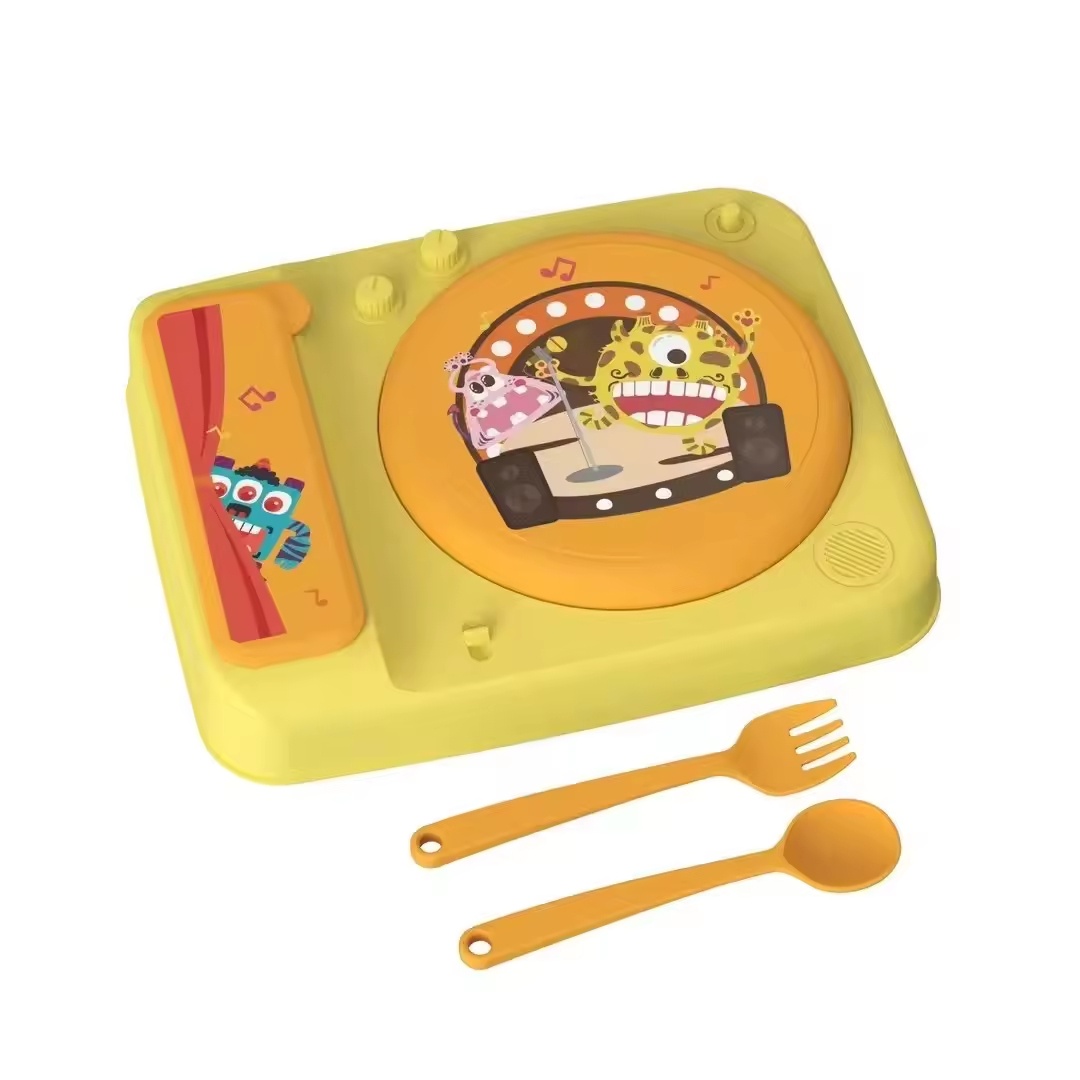 Negotiating Costs for Baby Plates & Cutlery with Chinese Suppliers: How Can You Get the Best Deal?
Negotiating Costs for Baby Plates & Cutlery with Chinese Suppliers: How Can You Get the Best Deal?
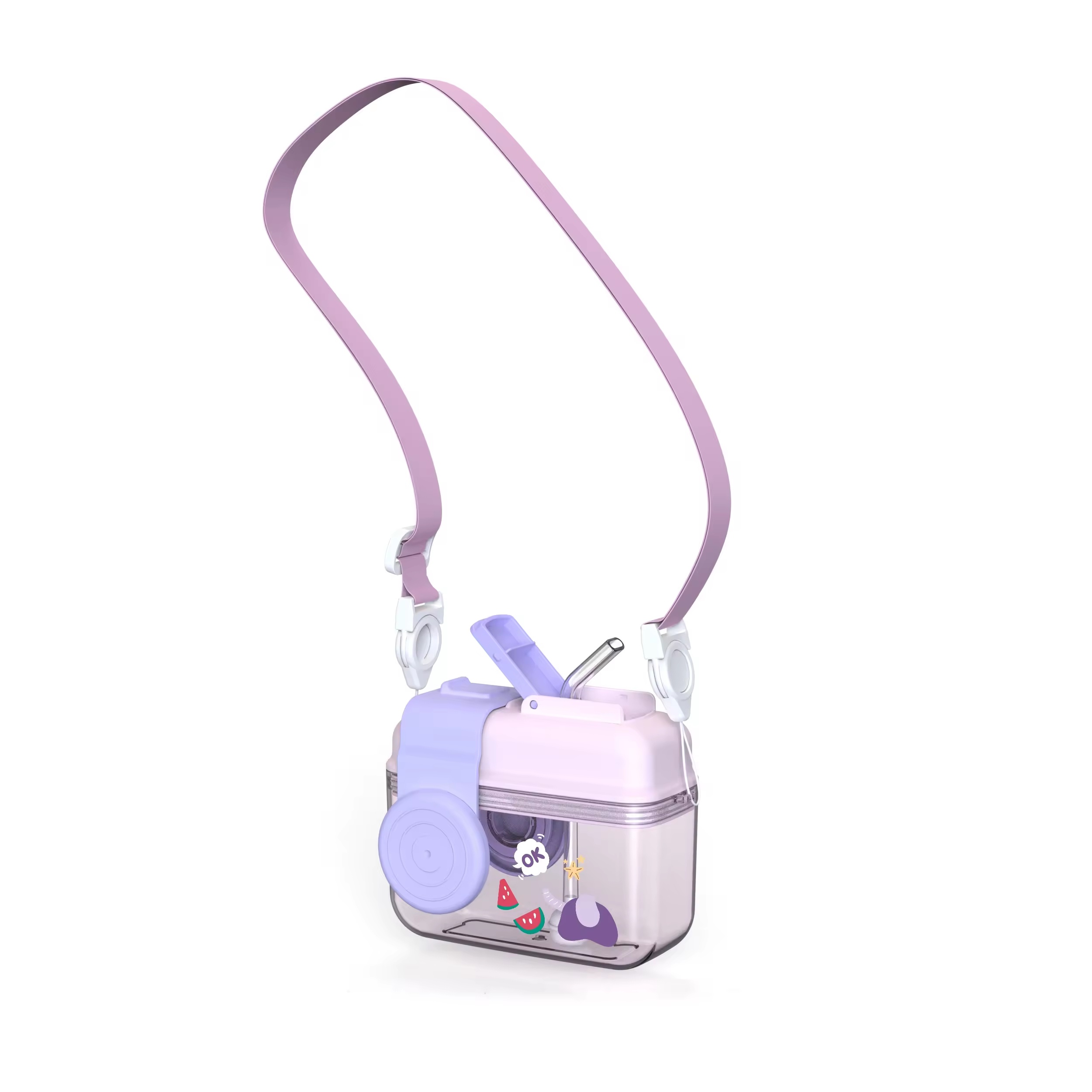 Importing FDA-Grade PP & Tritan Kids Cups from China?
Importing FDA-Grade PP & Tritan Kids Cups from China?
 What Design Features Make an IP-Themed Bowl Safe for Infants?
What Design Features Make an IP-Themed Bowl Safe for Infants?
